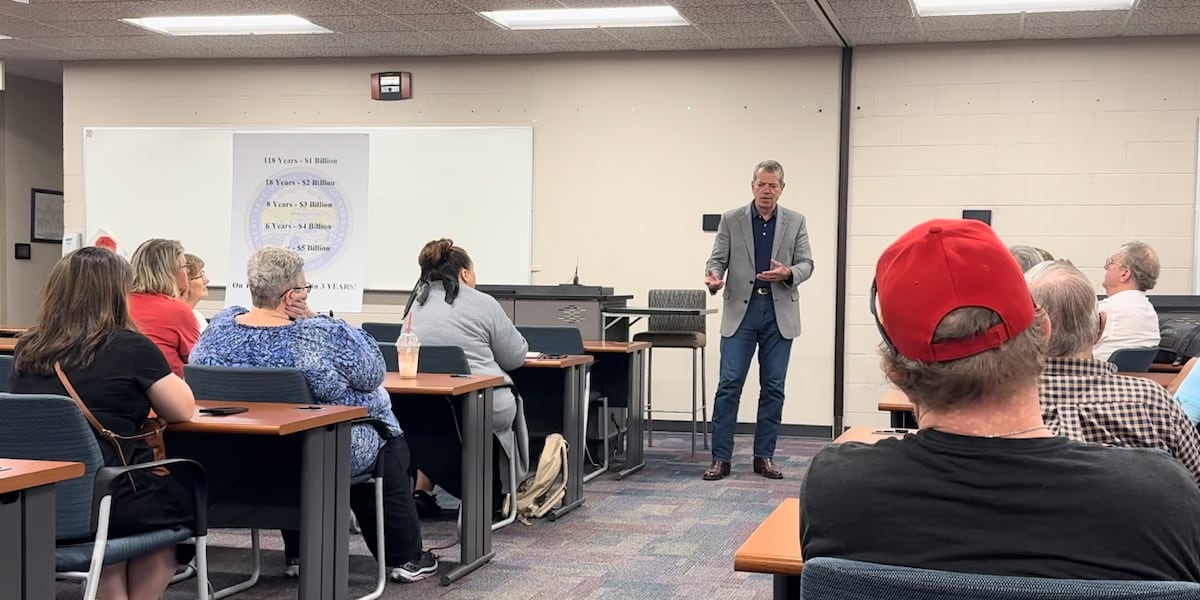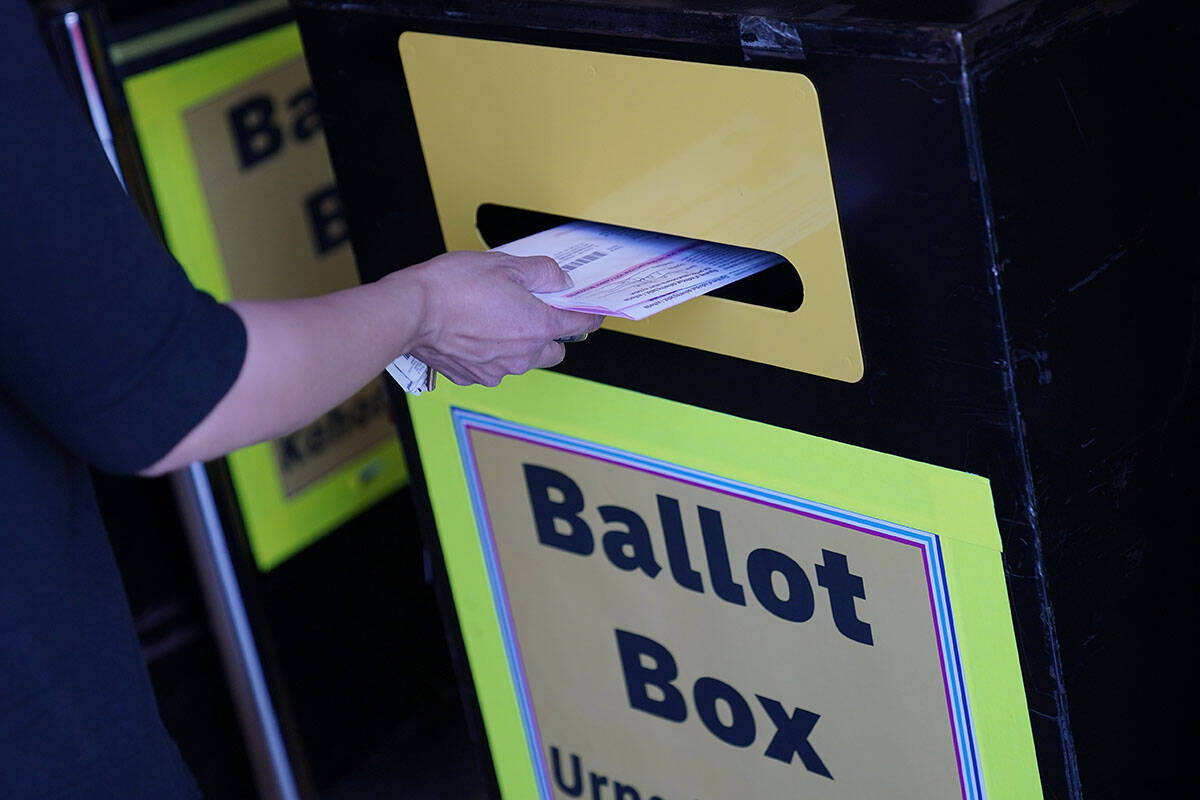South-Carolina
Court rules for South Carolina Republicans in dispute over congressional map – SCOTUSblog
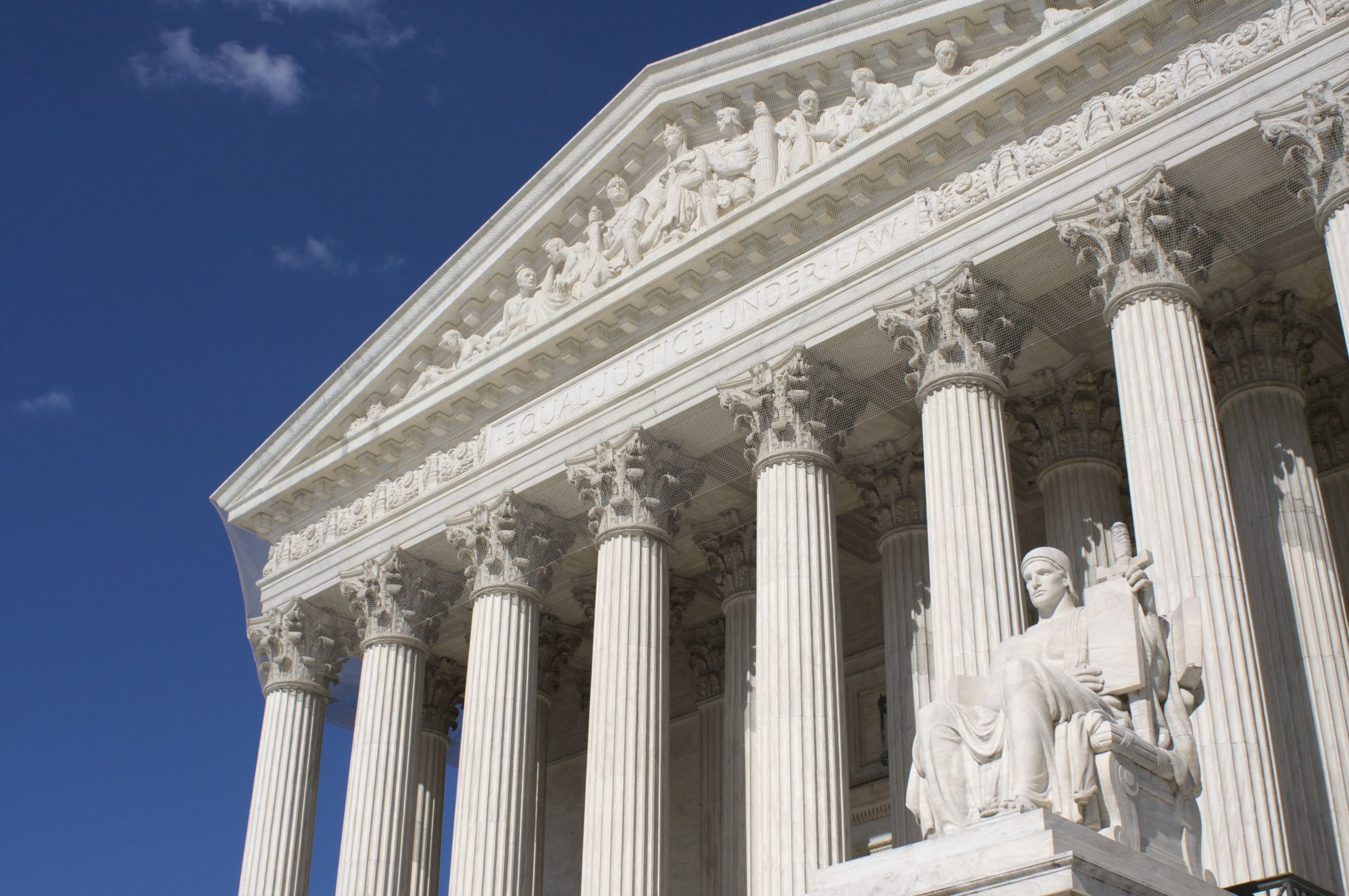
OPINION ANALYSIS
on May 23, 2024
at 4:23 pm
The justices ruled in Alexander v. South Carolina State Conference of the NAACP on Thursday. (J Main via Shutterstock)
The Supreme Court on Thursday threw out a ruling by a federal district court holding that a congressional district on the South Carolina coast was an unconstitutional racial gerrymander – that is, it sorted voters based primarily on their race. In an opinion by Justice Samuel Alito, the justices cleared the way for the state to use the map going forward. The 6-3 decision, with the justices divided on ideological lines, means that the disputed district will remain a safe seat for Republicans, who hold a 6-1 advantage in the state’s congressional delegation. More broadly, Thursday’s decision creates a high bar for plaintiffs in future racial gerrymandering cases to meet.
The issue at the center of the case was how courts should distinguish between the roles played in redistricting by race and party affiliation, when there are often close correlations between the two. In South Carolina, for example, exit polls in the 2020 election indicated that at least 90% of Black voters supported Democrat Joe Biden.
A lower court in March ordered the map to be used for the 2024 elections, after the Supreme Court failed to rule in the case by a proposed Jan. 1 deadline.
In his opinion for the majority, Alito rejected the lower court’s conclusion that the state’s Republican-controlled legislature had improperly relied too heavily on race in drawing the challenged district. “[I]nferring bad faith based on the racial effects of a political gerrymander in a jurisdiction in which race and partisan preference are very closely correlated” would, Alito suggested, allow litigants and courts to circumvent the Supreme Court’s 2019 decision in Rucho v. Common Cause, holding that federal courts should not consider claims of partisan gerrymandering. Specifically, Alito posited, litigants could simply “repackage” their claims that legislatures relied too heavily on partisanship as contentions that the legislatures relied too much on race.
Joined by Justices Sonia Sotomayor and Ketanji Brown Jackson, Justice Elena Kagan dissented from the court’s decision. Kagan took a very different view of the effects of Thursday’s decision, writing that it told legislators who wanted to rely on race – either “as a proxy to achieve partisan ends” or to “straight-up suppress the electoral influence of minority voters” – to “[g]o right ahead.” Legislators and mapmakers, she complained, can evade scrutiny by explaining that they relied on factors other than race.
The case began in 2021, when the legislature drew the district at the center of the dispute, known as District 1. The South Carolina chapter of the NAACP and Taiwan Scott, a Black voter who lives in the district, went to federal court to challenge the district as the product of racial gerrymandering. The new map moved nearly two-thirds of the Black voters in Charleston County out of District 1, they noted, which is currently represented by Republican Nancy Mace, into District 6, represented by Democrat Jim Clyburn. The map also moved Republican areas in nearby Beaufort, Berkeley, and Dorchester Counties into District 1 from District 6.
Defending the plan, the state argued that the legislature’s goal in enacting the map was to ensure that the district remained a safe seat for Republicans: Although the district had historically elected Republicans since 1980, in 2018 a Democrat, Joe Cunningham, won in an upset. Mace defeated him in 2020 by less than 1%.
In Jan. 2023, a three-judge federal district court – which hears challenges to the constitutionality of a congressional map – agreed with the challengers that District 1 violated the Constitution because it was the product of racial gerrymandering. The court ordered the state to draw a new map, although that order had been on hold awaiting the Supreme Court’s decision.
In a 34-page opinion, Alito stressed the high bar that plaintiffs bringing a racial gerrymandering case must meet, observing that the court had “repeatedly emphasized that federal courts must ‘exercise extraordinary caution in adjudicating claims that a State has drawn district lines on the basis of race.” “Such caution,” he explained, “is necessary because “[f]ederal-court review of districting legislation represents a serious intrusion on the most vital of local functions.”
Thus, Alito continued, plaintiffs in racial gerrymandering cases must first “disentangle race and politics” – that is, to show that race was the primary factor behind the legislature’s decision to move voters into or out of a district. They can do so using direct evidence, Alito wrote, or circumstantial evidence, although relying solely on circumstantial evidence makes their task “much more difficult.” This is particularly true, Alito added, when the state counters that the moves were made for partisan reasons, rather than on the basis of race.
And nearly a quarter-century ago, Alito noted, the Supreme Court suggested that one way for plaintiffs to clear the “high bar” for racial gerrymandering cases would be to submit their own map, showing that a legislature could have drawn a different map that achieved the state’s political goals but without relying so heavily on race. If plaintiffs cannot provide such a map, Alito emphasized, “it is difficult for plaintiffs to defeat our starting presumption that the legislature acted in good faith.” Such a presumption, Alito wrote, “reflects the Federal Judiciary’s due respect for the judgment of state legislators” and avoids the declaration “that the legislature engaged in ‘offensive and demeaning conduct’” that would flow from a finding that “race drove a legislature’s districting decisions.”
Applying this standard to the case before him, Alito observed that the plaintiffs needed to show that the legislature put race before other traditional redistricting principles when drawing District 1. The lower court’s conclusion that they had met this “demanding” standard, he wrote, was “clearly” wrong: “They provided no direct evidence of a racial gerrymander, and their circumstantial evidence is very weak,” relying on “deeply flawed expert reports.” Moreover, he added, the plaintiffs’ experts did not provide a map that achieved the legislature’s goal of making the seat a safer one for Republicans while putting more Black voters in the district.
The court sent the case back for the lower court to take another look at the plaintiffs’ claim that the 2021 map also diluted the votes of Black voters – an issue on which the plaintiffs had also prevailed below.
In her 34-page dissent, Kagan characterized the majority opinion as “seriously wrong.” She first lamented that the majority should have been more deferential to the lower court’s findings about the facts of the case and the legislators’ motives. The Supreme Court, she said, is required to give such findings “significant deference” as long as they are “plausible.” But although the plaintiffs “introduced more than enough evidence of racial gerrymandering to support the District Court’s judgment,” she wrote, the majority substitutes its own judgment for that of the lower court, even on questions like the credibility of witnesses that are the quintessential purview of trial judges.
But to “justify its ruling on the facts,” Kagan continues, the majority must “rework[] the law” in two different ways that will make it harder for plaintiffs to prevail in future racial gerrymandering cases as well. First, Kagan challenged the majority’s reliance on a presumption that the legislature has acted in good faith. The majority’s “approach,” Kagan wrote, “conflicts with this Court’s precedent.” Although the presumption “tells a court not to assume a districting plan is flawed or to limit the State’s opportunities to defend it,” and “reminds a court that it is a serious matter to find a State in breach of the Constitution,” there is nothing in the Supreme Court’s decisions holding that “a trial court must resolve every plausibly disputed factual issue for the State.”
Second, Kagan accused the majority of “invent[ing] a new rule of evidence” – the submission of an alternative map – “to burden plaintiffs in racial-gerrymandering cases.” “Such micromanagement of a plaintiff’s case is elsewhere unheard of in constitutional litigation,” Kagan wrote.
But, Kagan concluded, “[p]erhaps most dispiriting is what lies behind the Court’s new approach — its special rules to specially disadvantage suits to remedy race-based redistricting.” In her view, instead of “throw[ing] up novel roadblocks enabling South Carolina to continue dividing citizens along racial lines,” the Supreme Court should instead have upheld the “more than plausible” conclusion of the lower court that District 1 was an unconstitutional racial gerrymander and should be redrawn.
Justice Clarence Thomas filed an opinion concurring in part with the majority. He contended that Alito’s “searching review” of the expert reports went beyond the kind of scrutiny normally used for factual findings by lower courts. But it ultimately didn’t matter, Thomas continued, because the lower court made legal errors – for example, failing to look at evidence regarding the correlation between race and politics “with the necessary presumption of legislative good faith” and failing to take into account the lack of an alternative map by the plaintiffs – that warranted reversal. But he wrote separately – in a 29-page opinion – to set out his view that federal courts should not have the power to weigh in on racial gerrymandering and vote dilution claims.
Both the challengers and the state had asked the Supreme Court to issue its decision by Jan. 1, 2024. When the court had not yet acted by mid-March, the Republican legislators returned to the court, seeking to be allowed to use the 2021 map for the 2024 elections even though the lower court had ruled that District 1 was an unconstitutional racial gerrymander.
Before the Supreme Court could act on the legislators’ request, however, the three-judge district court issued an order leaving the 2021 map in place for the 2024 elections. In an order on March 28, the district court concluded that, “with the primary election procedures rapidly approaching, the appeal before the Supreme Court still pending, and no remedial plan in place, the ideal must bend to the practical.”
This article was originally published at Howe on the Court.

South-Carolina
'General Hospital' star Johnny Wactor's funeral held in South Carolina after his fatal shooting in Los Angeles
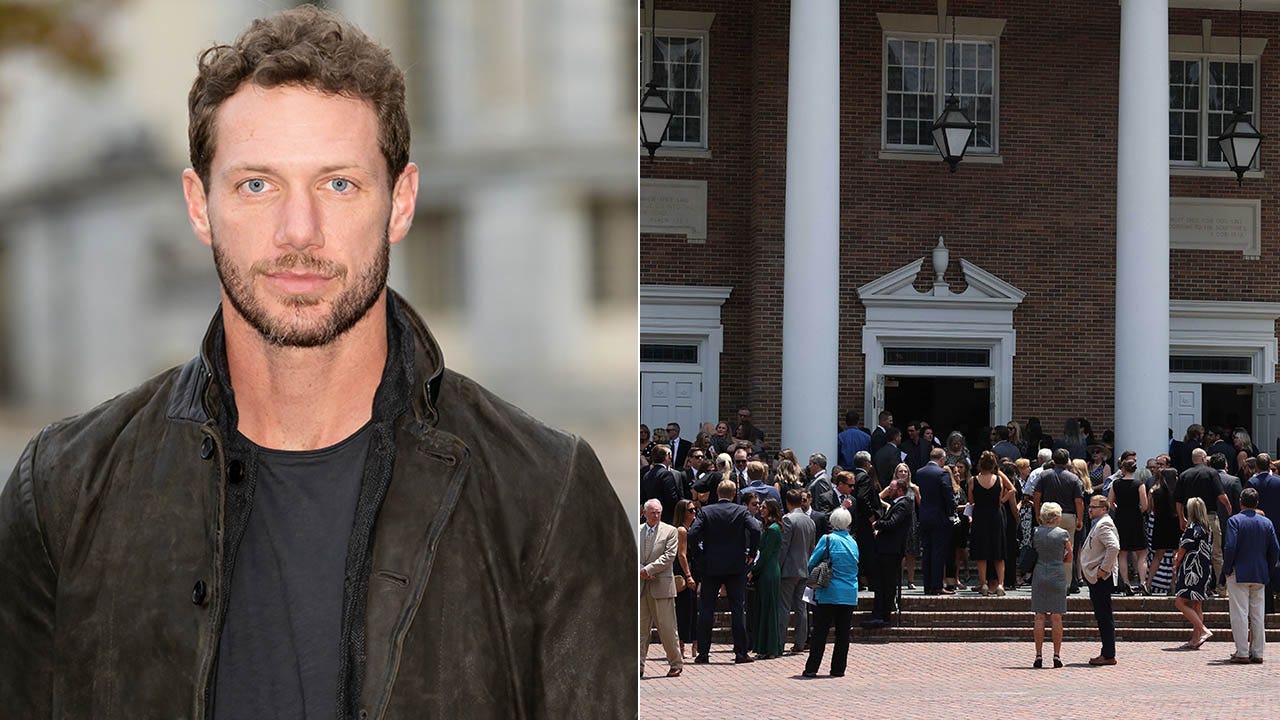
“General Hospital” star Johnny Wactor was remembered by family and friends at his funeral service in his home state of South Carolina three weeks after he was killed in Los Angeles.
The actor died May 25 at the age of 37 after he was fatally shot when he approached three individuals who were attempting to steal his car’s catalytic converter in downtown Los Angeles.
On Saturday afternoon, mourners gathered for Wactor’s funeral at the Summerville Baptist Church in Summerville, South Carolina. The service was held by Wactor’s family, including his mother, Scarlett, and brothers, Grant and Lance.
‘GENERAL HOSPITAL’ ACTOR JOHNNY WACTOR’S KILLER AT LARGE, LAPD SHARES NEW DETAILS ABOUT THREE SUSPECTS
“General Hospital” star Johnny Wactor was laid to rest on Saturday. (Getty/Fox News)
Among the attendees were Wactor’s friend Micah Parker and co-worker Anita Joy. Earlier this week, Parker and Grant organized a rally in Los Angeles seeking justice for the actor, whose killers remain at large. In the final moments of his life, Wactor defended Joy by stepping in front of her before he was shot.
‘GENERAL HOSPITAL’ STAR JOHNNY WACTOR’S HORRIFIC FINAL MOMENTS AFTER BEING SHOT BY ‘COWARD’ KILLER: CO-WORKER
“Laid to Rest. But still so present with us,” Parker wrote on Instagram as he shared an image of a framed photo of Wactor.
Parker also uploaded an image of floral arrangements and framed portraits of Wactor that were displayed on the steps of the altar during the service. On the photo, he tagged the Instagram page @justiceforjohnnywactor, which provides updates from Wactor’s family and friends on the search for his murderers.

Family and friends attend a memorial service for the slain actor at Summerville Baptist Church, in Summerville, South Carolina. (The Image Direct for Fox News Digital)

Wactor’s family held his funeral service in their home state. (The Image Direct for Fox News Digital)

Wactor was shot and killed when he encountered a trio of alleged thieves who were in the process of stealing his catalytic converter. (The Image Direct for Fox News Digital)
On her Instagram Story, Joy posted an image of the funeral program, which featured a photo of Wactor, writing, “Today was beautiful for you, Johnny. We love you.”
In another post, Joy wrote “Unbelievable. But you are so loved,” on a photo of one of Wactor’s funeral portraits.
LIKE WHAT YOU’RE READING? CLICK HERE FOR MORE ENTERTAINMENT NEWS
In an emotional post that Joy shared last month, she recalled how she and Wactor were walking to their cars after a bartending shift at the downtown L.A. bar Level 8 when they encountered the three individuals who were attempting to steal the catalytic converter.
“Johnny was between me and the man who shot him,” she wrote. “As I heard the shot ring into the night, he forcefully tumbled back into my arms. As I grabbed for him, I shouted ‘Hunny you ok?!’ And he only responded, ‘Nope! Shot!’ We toppled onto the street where I pushed my legs under him and tried to hold his body up while screaming for help and screaming at him to stay with me.”
“I’m so grateful to have been a part of his world and him, mine. My heart is shattered with his loss but I believe l have gained the best guardian Angel out there. I love you Johnny Wacky,” Joy concluded.
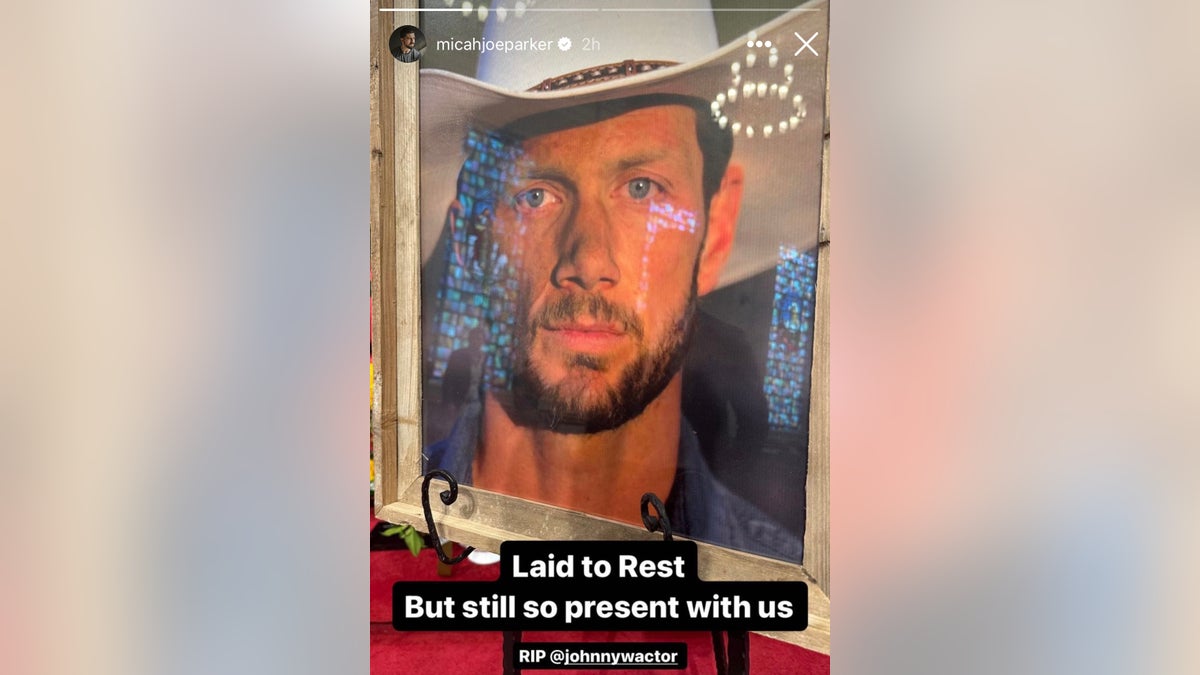
Wactor’s friend Micah Parker shared photos from inside the service. (Micah Parker Instagram)
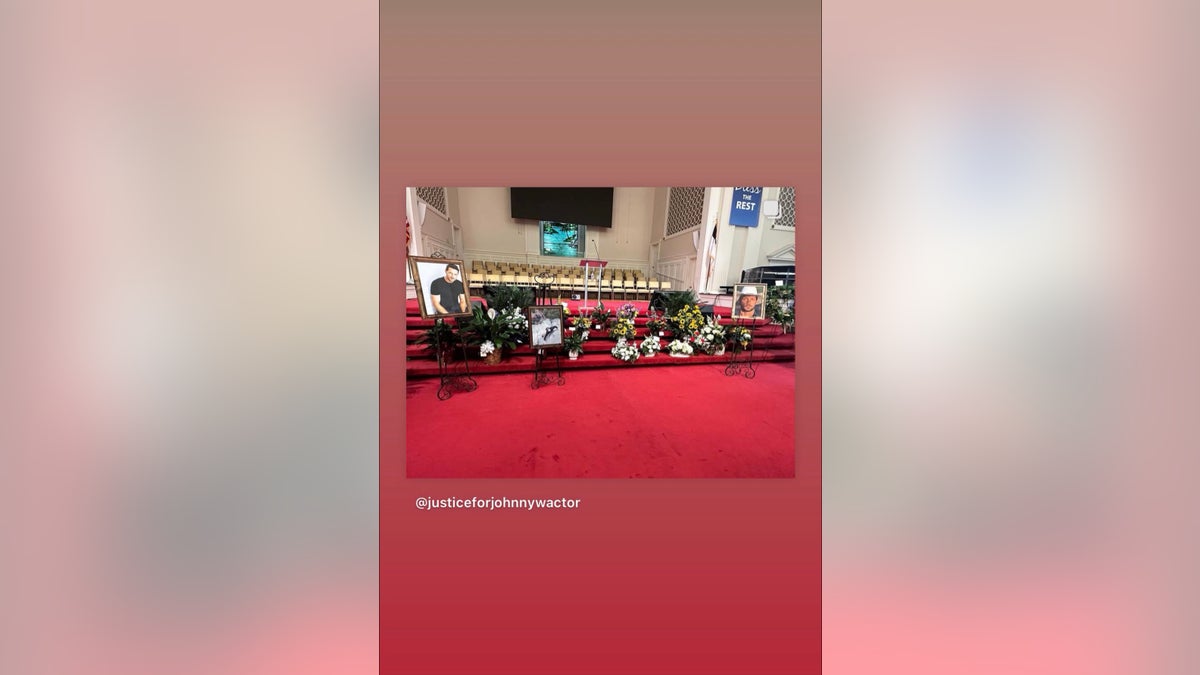
Parker and Wactor’s brother, Grant, led a protest rally in LA seeking justice for the actor. (Micah Parker Instagram)
Scarlett had previously confirmed that Parker and Joy would be attending the service. She told Fox News Digital that she was looking forward to meeting Joy for the first time.
CLICK HERE TO SIGN UP FOR THE ENTERTAINMENT NEWSLETTER
“I told Anita that ‘God must have big plans for her,’ and then I said, ‘Johnny’s death has got to be bigger than all that,’” Scarlett said. “So, for it to make a change, like what we’re asking the city to do and change, that would at least be something.”
Wactor’s obituary, which was featured in the funeral program, noted that the actor had been murdered while “heroically shielding his co-worker.”

In the final moments of his life, Wactor protected his co-worker Anita Joy. (The Image Direct for Fox News Digital)

Joy was also in attendance at the funeral. (The Image Direct for Fox News Digital)
“Johnny stood up for what he believed in and remains an example of how to live life with non-negotiable integrity and grit,” read the obituary. “He found solace and serenity with his loving family, on the mountain, climbing, being a proud big brother to Lance and Grant, with the boys, just talking to his mother, in play, always outside, in nature.”
“A man brimming with magnetism and humility. A pure life force, passion Personified, awaking in the early mornings with purpose, ready to go. Johnny’s love will be remembered and felt by all. Forever leaving an everlasting mark on this world.”
The program also included Bible passages from the Gospel of Matthew, the Gospel of John and the Book of Job.
TRY FOX NEWS’ FUN NEW GAMES PAGE, WITH 6 GAMES TO CHOOSE FROM!

Wactor’s mother Scarlett said that she hopes people “continue to pray” for justice. (Craig Sjodin/ABC via Getty Images)

Scarlett said that she believes that “justice is coming.” (The Image Direct for Fox News Digital)
While speaking with Fox News Digital earlier this week, Scarlett commended the efforts being made by Wactor’s friends in Los Angeles, who launched the #JusticeforJohnny movement to find his killers.
CLICK HERE TO GET THE FOX NEWS APP
As the investigation led by LAPD continues and the movement grows, Scarlett said she is asking “people to continue to pray.”
“I really do think justice is coming. I just hope it’s sooner rather than later. And I think God’s help is what they’re going to need. Because it sounds like there’s some really weak laws and help for the police department, unfortunately. I feel for them.”
South-Carolina
Authorities announce memorial service for K9 killed in shooting, McMaster to attend

COLUMBIA, S.C. (WIS) – The South Carolina Law Enforcement Division (SLED) announced they will be holding a memorial service to honor Coba, a K9 who was killed in the line of duty on Tuesday.
Coba was a member of the team who responded to a home on Gravel Road in an attempt to serve a felony warrant to James Peterson, 37. When he was confronted by Coba, his handler and a deputy with the Newberry County Sheriff’s Office inside the home’s hallway, Peterson shot the K9. Coba was rushed to an emergency veterinarian but died from his wounds later that day.
The ceremony will take place at the South Carolina Criminal Justice Academy at 5400 Broad River Road at 10 a.m. on Wednesday, June 19.
Gov. Henry McMaster said he is planning to attend the memorial.
Officials ask that guests not bring pets but law enforcement K9s are welcome.
Feel more informed, prepared, and connected with WIS. For more free content like this, subscribe to our email newsletter, and download our apps. Have feedback that can help us improve? Click here.
Copyright 2024 WIS. All rights reserved.
South-Carolina
Chihuahua overdoses at South Carolina motel, owners arrested: police report

MYRTLE BEACH, S.C. (WBTW) — The owners of a 15-pound chihuahua have pleaded guilty to charges after the dog allegedly overdosed on heroin and cocaine at a motel in Myrtle Beach, South Carolina, according to police documents.
Myrtle Beach police charged Shane Harris and Serrena Young with mistreatment of an animal after the May 27 incident at the Palmetto Vista Motel. Young was also charged with possession with intent to deliver heroin. They were both taken to the Myrtle Beach Jail.
According to a police report, a Myrtle Beach firefighter gave the dog Narcan, the opioid-reversal medication, using a nebulizer machine after a home health aide who had been with Harris and Young at the motel brought it to the fire station.
The dog received a full nasal dose of Narcan, and after it was revived, it was given oxygen and taken to the Animal Emergency Hospital of the Strand for further care, a police report said.
Harris, who accompanied the health aide to the fire station, allegedly told authorities that a man came to his motel and left about one gram of heroin on a table and that the dog ate it and became ill.
Police then went to the motel and met with Young, the report said.
While executing a search warrant, detectives say they found a syringe with clear, brown-tinted liquid in a black purse in the bathroom, which later tested positive for heroin and cocaine.
Young admitted to officers that the syringe was hers, the police report shows.
Court records show Harris pleaded guilty to abandonment or mistreatment of an animal, was sentenced to 15 days in jail, and owes more than $1,000 in fines. Young also pleaded guilty to the same charge and was sentenced to 15 days in jail and more than $700 in fines.
-

 News1 week ago
News1 week agoIsrael used a U.S.-made bomb in a deadly U.N. school strike in Gaza
-

 World1 week ago
World1 week agoFrance to provide Ukraine with its Mirage combat aircraft
-

 World1 week ago
World1 week agoWorld leaders, veterans mark D-Day’s 80th anniversary in France
-

 World1 week ago
World1 week agoRussia-Ukraine war: List of key events, day 833
-

 Movie Reviews1 week ago
Movie Reviews1 week agoInsane Like Me? – Review | Vampire Horror Movie | Heaven of Horror
-

 News1 week ago
News1 week agoNonprofit CFO Accused of 'Simply Astonishing' Fraud
-

 Politics1 week ago
Politics1 week agoGeorge Clooney called White House to complain about Biden’s criticism of ICC and defend wife’s work: report
-

 Politics1 week ago
Politics1 week agoNewson, Dem leaders try to negotiate Prop 47 reform off California ballots, as GOP wants to let voters decide



